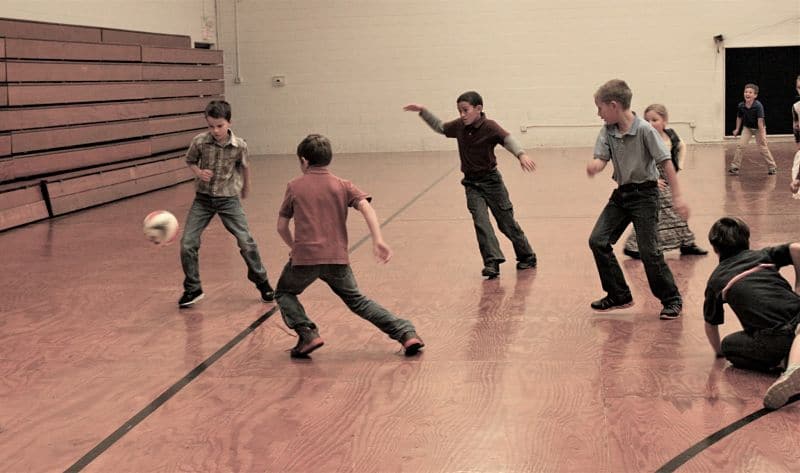What I Wish I Had Known About Recess
★★★★★

Recess. Do you rejoice? Moan? Feel uncertain? Yes, I have been there too. Recess is designed to give students a break from study, and a chance to exercise. Our little people’s minds are working quite hard, and they deserve a break from the intensity of sitting still. If you have not planned well, however, recess can become utter chaos.
What do I wish I had known about recess?
Plan, Plan, Plan
First of all, collaborate with your co-teachers. Perhaps you can divy out recess duties. Aim to have at least one adult monitoring the playground at all times for the safety and well-being of all the children. However, there is no need for 5 teachers on the playground. Plan which adult will be on the playground for each recess. This serves a two-fold purpose. First, you know when it is your turn to be monitoring recess. Second, you can take advantage of your recess breaks to plan for your next class or gather art supplies.
Establish Recess Line-ups
Establish recess line-ups on your very first day of school. Lineups help to eliminate chaos and provide an orderly way to enter and exit the building. If your students line up in your classroom or the hallway, they can follow you or the recess teacher outside. This eliminates that child running through the hall and cuts down on pushing/shoving. Each child knows their assigned place in line and follows carefully, keeping hands and feet to themselves. Everyone hears the teacher announce the game and the itters.
Line-ups also cut down on arguments. Each person has their assigned place in line, so there is no arguing about being first or last or butting in line to get beside the person that is “my new best friend.” Students simply find their assigned place, walk outside or to the gym, and wait for instructions from the teacher.
Have Methods of Non-Verbal Communication
Nonverbal signals are essential on the playground, especially for very large groups of students. A whistle is my favorite tool. Teach the students the meaning of various signals. My signals often looked like this:
- 2 Short Whistle Blasts = freeze in place and become silent. Sometimes I want to make a new announcement about the game or name new itters. If the students do a silent freeze, I can make announcements without competing with their yelling and general recess chatter.
- 3 Short Blasts = new game. Students may come and gather around me for instructions for a new game.
- Teacher’s Raised Hand = silence from everyone, eyes on the teacher. I use this at both the beginning and end of recess. While the teacher is explaining the set-up of the game, students should listen silently and only ask questions when the adult is finished explaining. At the end of recess, a raised hand from teacher works well too. When students see your hand, they know it is the signal to stop talking and become silent before entering the building again.
Find the methods that work in your specific teaching situation and use them. You will be rewarded for planning well.
Establish your General Playground Rules
Established playground rules that everyone understands eliminates a lot of arguing. Some general rules at my school look like this:
- A person going outside of the boundary area is caught.
- When there is a tie (for example, when playing kickball) the benefit goes to the runner.
- When in doubt whether a child is “caught” or not, the child should ask the itter. The itter has the final word. The guideline “You are caught if you felt the person tag you” does not work well for me. Some children never feel tagged. Instead, if they are uncertain, they discuss the matter with the person who tagged them.
Teach Conflict/Resolution Skills
Petty arguments do come up on the playground. Running to the teacher for resolution to an argument is an easy way out. First, it puts unnecessary pressure on the teacher/recess monitor because now you need to decide the best course of action.
Instead, teach your students to work out their conflicts by talking to each other. At first, you will need to model how to speak with each other. With practice, though, students should be able to resolve conflicts on their own. When my students solve their problems without involving me at all, I feel grateful.
In the event that my students come running to me, hoping I will side with them, I attempt to stay general, not taking either side, and ask questions like, “What is our rule for going outside boundaries?” or “What do you think is a good choice to make right now? or “You two sit aside here and come up with a plan for how to handle this.” Your first graders are capable of resolving conflicts, plus they are learning a great life skill. Beware of the poor sport, the one who is never wrong, or the student who never gives in. A separate conversation with those individuals may be required.
May your school year be blessed with many happy hours of joyful play! Recess, here we come!
Leave a Reply